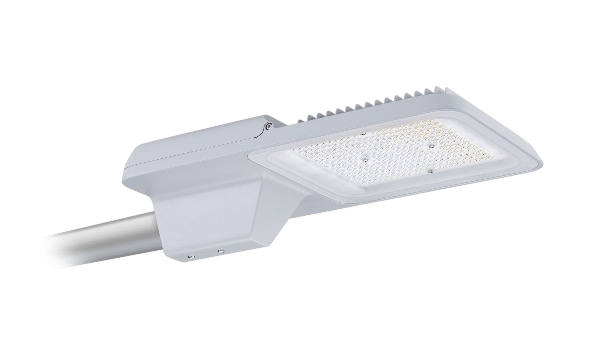
Lighting is one of those elements in modern infrastructure that we rarely think about—until it fails. But for those of us in engineering and systems integration, lighting is never just about brightness. It is a question of performance, reliability, and long-term value. For more than a century, Philips has shaped the global conversation around lighting, not through slogans or marketing noise, but through consistent, patient innovation. At Alebtida, we’ve seen the difference firsthand.
Founded in 1891 in the Netherlands, Philips began as a small manufacturer of carbon-filament lamps. At that time, electric light itself was still a novelty. Yet from the very beginning, Philips operated differently rooted in design precision, research, and a deep respect for engineering integrity. Within just a few decades, it became one of Europe’s largest lighting producers, and unlike many manufacturers that eventually plateaued, Philips kept evolving. It moved from incandescent to fluorescent, from fluorescent to LED, and from LED to fully intelligent lighting ecosystems—often years before others followed.
What separates Philips today is not just history, but the quiet consistency of its performance across industrial and public-scale applications. Their LED systems are not just efficient—they are engineered for long life, thermal stability, and low maintenance in high-demand environments. Whether it’s a stadium, hospital, airport, or factory, Philips systems are designed to keep working under pressure, with light that is flicker-free, glare-controlled, and adaptable to human rhythms. These are not small achievements. They directly impact comfort, safety, energy consumption, and operational costs, often in places where the lighting is expected to perform flawlessly for thousands of hours without interruption.
While many brands have joined the LED revolution, Philips remains in a category of its own for one simple reason: it treats lighting like infrastructure. Its systems are built not just to illuminate spaces but to interact with them. Many of its newer models integrate with smart controls, respond to motion, adjust with daylight, and even feed data into broader building management systems. Some fixtures are now capable of reporting faults, sensing temperature, or adjusting intensity in real time based on occupancy—without any need for user input. In large facilities where energy use, downtime, and maintenance schedules matter, this kind of intelligence adds real value.
It’s also worth noting that Philips does not compromise engineering for the sake of mass appeal. Their products are often slightly more expensive, but the tradeoff is clear: reduced failure rates, fewer replacements, and consistent quality control. In our experience at Alebtida, this means fewer client complaints, smoother installations, and systems that continue to perform year after year. That level of trust is not easily earned. It’s something we notice when we revisit old projects years later and find the lights still working, still stable, still clean.
Perhaps the most impressive thing about Philips is how it continues to evolve. With its professional lighting division now operating under the name Signify, the company is investing heavily in the future of smart infrastructure—developing citywide lighting grids, integrating sensors into streetlights, and creating platforms that do far more than illuminate. They are building networks that learn, adapt, and support entire communities in subtle, intelligent ways.
For us, working with Philips is not about promoting a brand. It’s about working with tools we trust. When we take on a lighting system, we’re not just installing fixtures—we’re staking our name on how that system performs under real-world pressure. That’s why we return to Philips again. Their legacy is not just one of innovation, but of quiet reliability—the kind that doesn’t need to advertise itself because it speaks through performance.
In a field where so much depends on things going right the first time, that kind of reliability is rare. It’s also the reason why, in the background of many of the best-lit spaces across Iraq and beyond, you’ll often find the silent, steady presence of Philips lighting.
Share:
We supply your project with high quality power distribution products & systems.
WE POWER YOUR PROJECT
Karrada Showroom
Karada Kharidge, Baghdad
Akid Showroom
Akid Al Nasarah, Al Khulafa St. -Baghdad
Basra Showroom
Al-Saady St. – Basra
Copyright © 2025 Alebtida for general trading – Proudly powered by iDigi Marketing